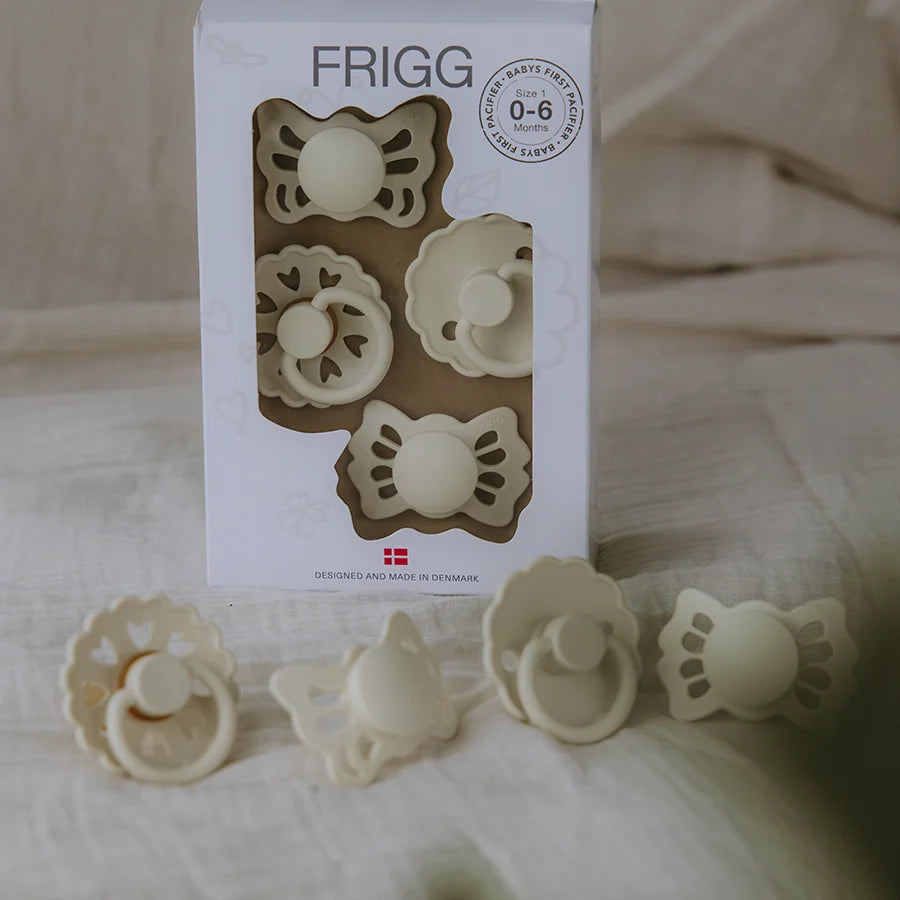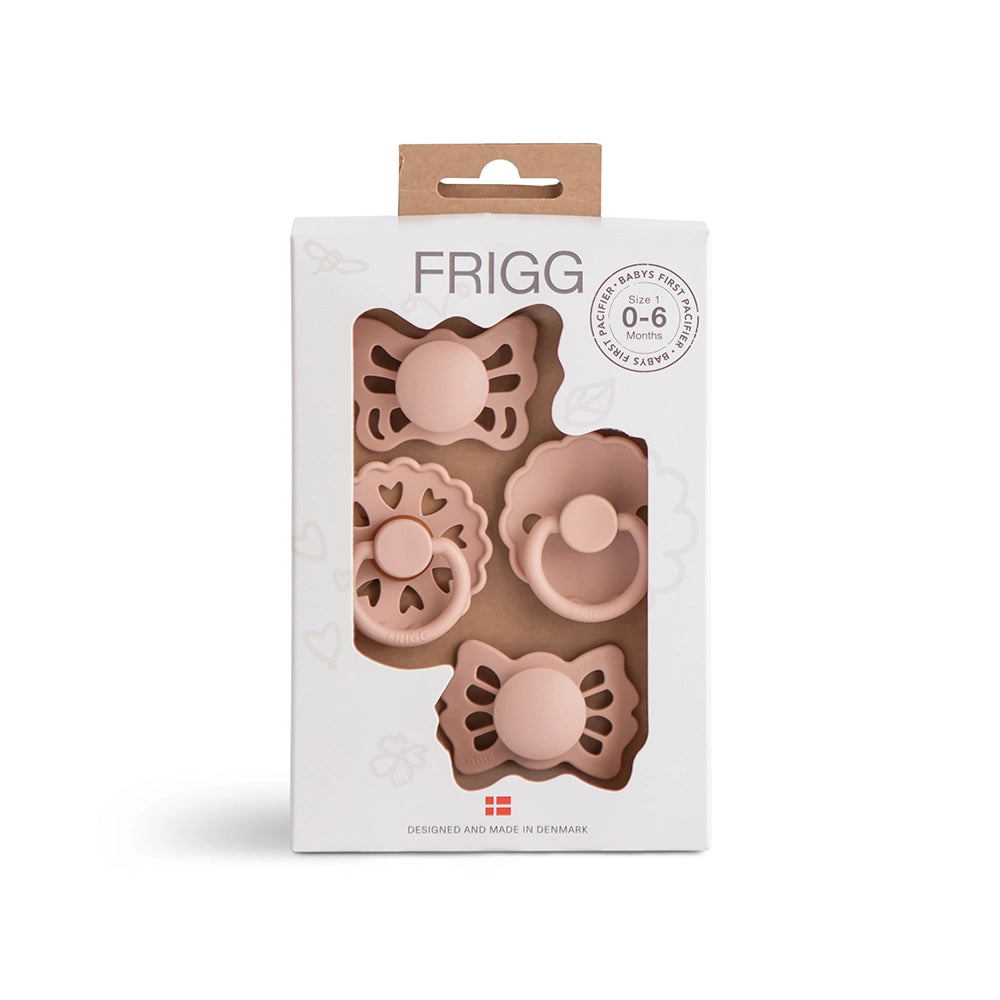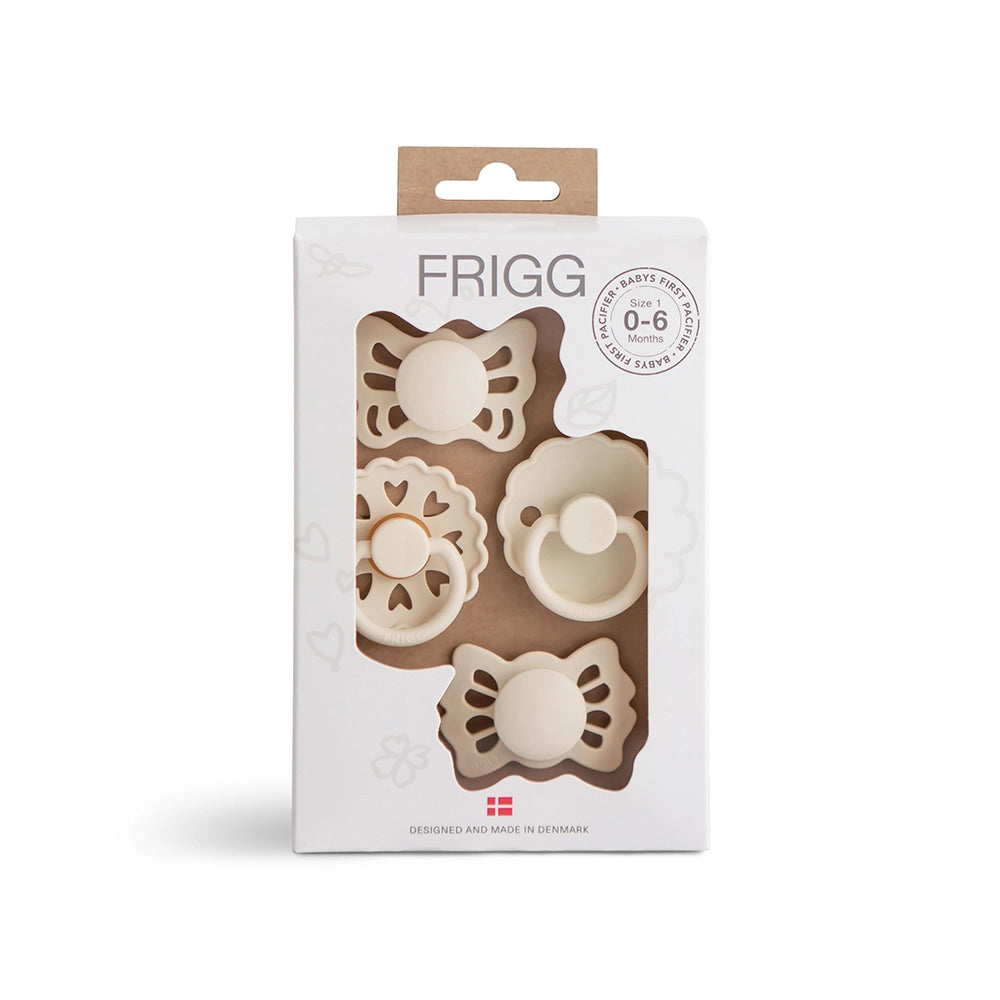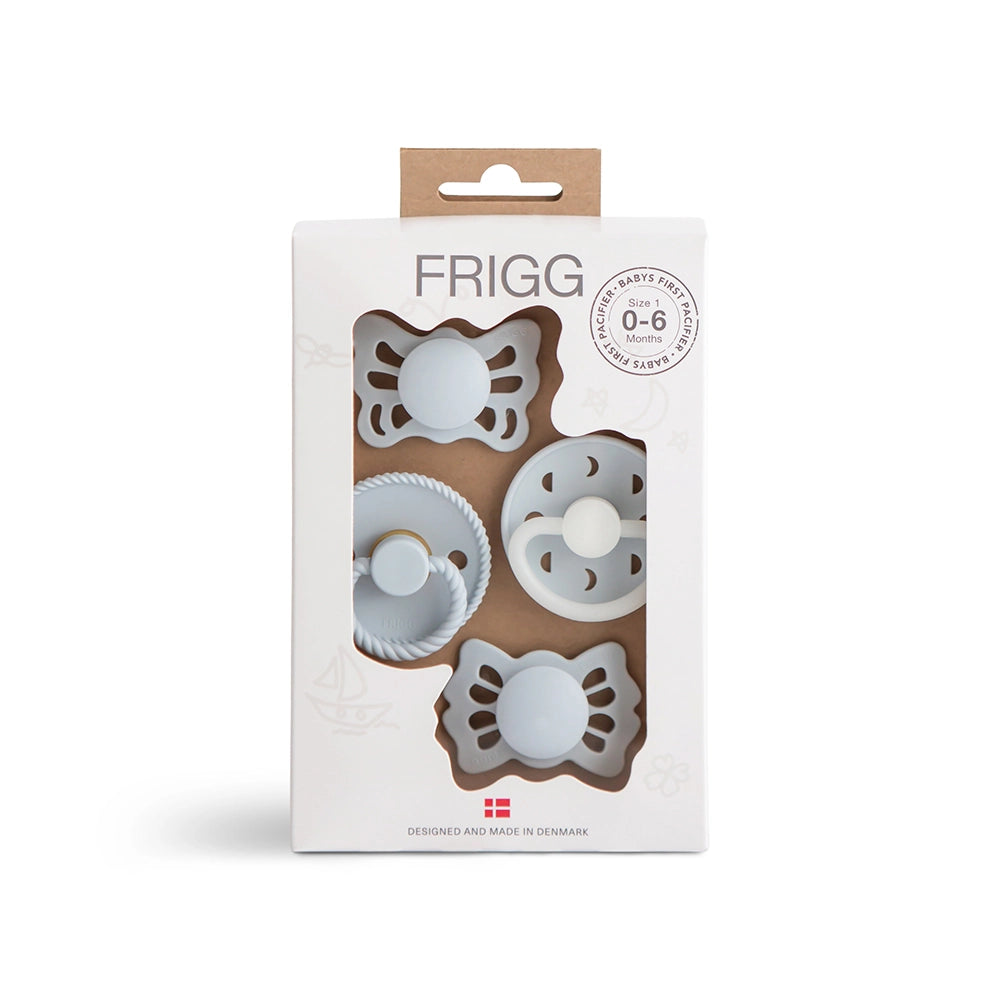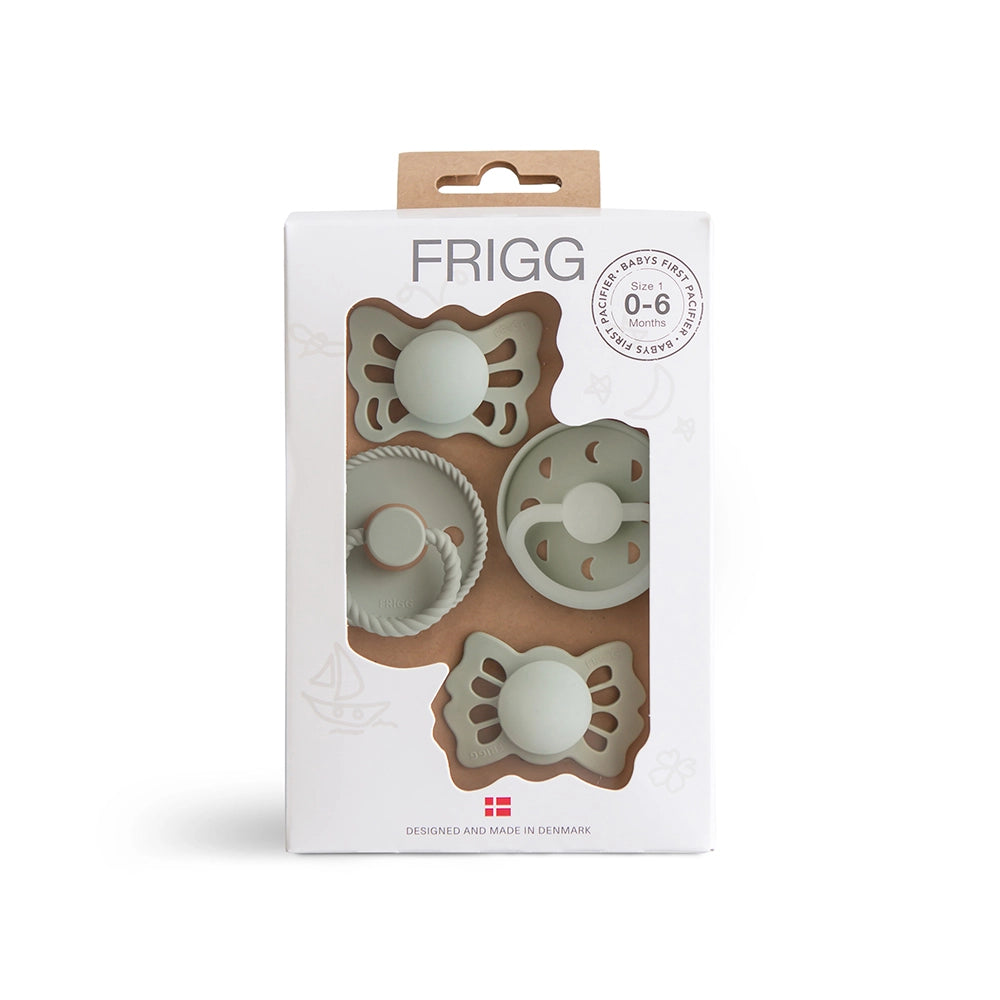Developmental Leaps: Get to know the 10 steps
Babies grow and learn in fascinating bursts. These rapid changes, known as developmental leaps or Wonder Weeks, occur between 5 and 75 weeks of age. If you’ve ever wondered, “What is a developmental leap?” or “When do babies have leaps?”, you’re not alone. These leaps are key periods in early development when babies suddenly gain new abilities or perceptions.
What is a leap in babies?
A leap in babies marks a significant shift in how they experience the world. From perceiving patterns to understanding object permanence, each leap represents a major developmental milestone. But when are developmental leaps expected to happen? Although the timing can vary slightly for each child, there are generally 10 recognized leaps in the first 20 months.
Why developmental leaps matter
Every developmental leap is both exciting and challenging for your baby. As their cognitive abilities expand - also known as cognitive leaps - babies may become fussier, clingier, and crave more comfort. These changes signal brain development, emotional growth, and new sensory experiences.
During these development leaps, your baby may:
- Seek constant closeness
- Cry or fuss more often
- Experience disrupted sleep
- Lose appetite temporarily
Responding with patience, love, and comfort fosters a sense of security that builds your baby's confidence and curiosity.
If your baby shows signs of increased need for soothing, consider offering a FRIGG pacifier. Designed for comfort and safety, it provides the reassurance your little one craves.
When do leaps happen?
You might be asking yourself, “When do leaps happen, and how do I know if my baby is going through one?” Typically, leaps occur at predictable intervals, such as around 5, 8, 12, 19, 26, 37, 46, 55, 64, and 75 weeks. However, keep in mind that every baby is unique, and the experience of each leap can vary.
Supporting your baby through each leap
Some babies may skip a leap or breeze through one more easily than another. Observing your baby's behavior and offering consistent support is key.
If your baby is especially fussy or clingy during a leap, tools like the FRIGG pacifier can provide comfort without creating long-term habits like thumb-sucking.
To learn more about these stages, consider reading "The Wonder Weeks" by Xaviera Plas-Plooij, Frans X. Plooij & Hetty van de Rijt; a helpful guide for understanding baby development.
Watching your baby grow is an incredible journey filled with surprises, challenges, and joy. By understanding the 10 developmental leaps, you can respond with the empathy and support your baby needs to thrive. Whether it’s a first smile or the first independent steps, your love and presence during each cognitive leap are what matter most.
